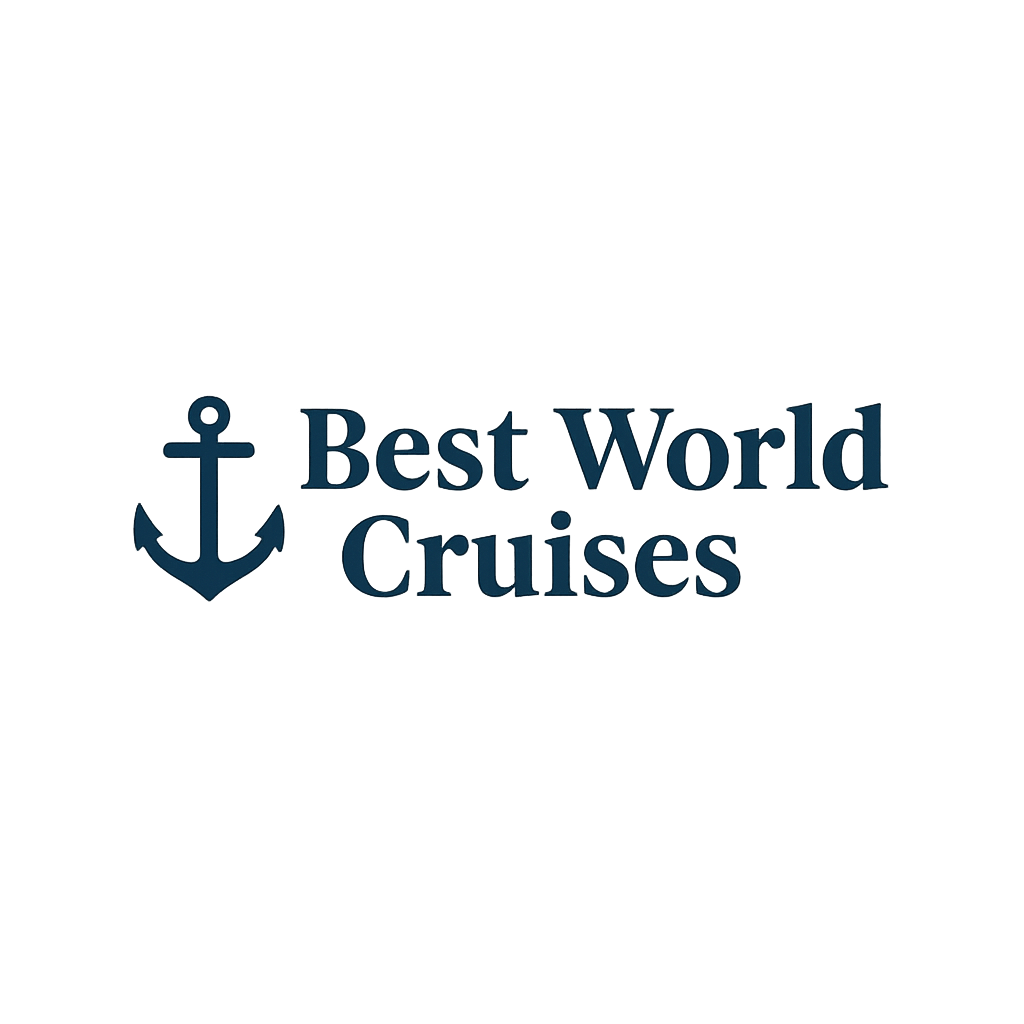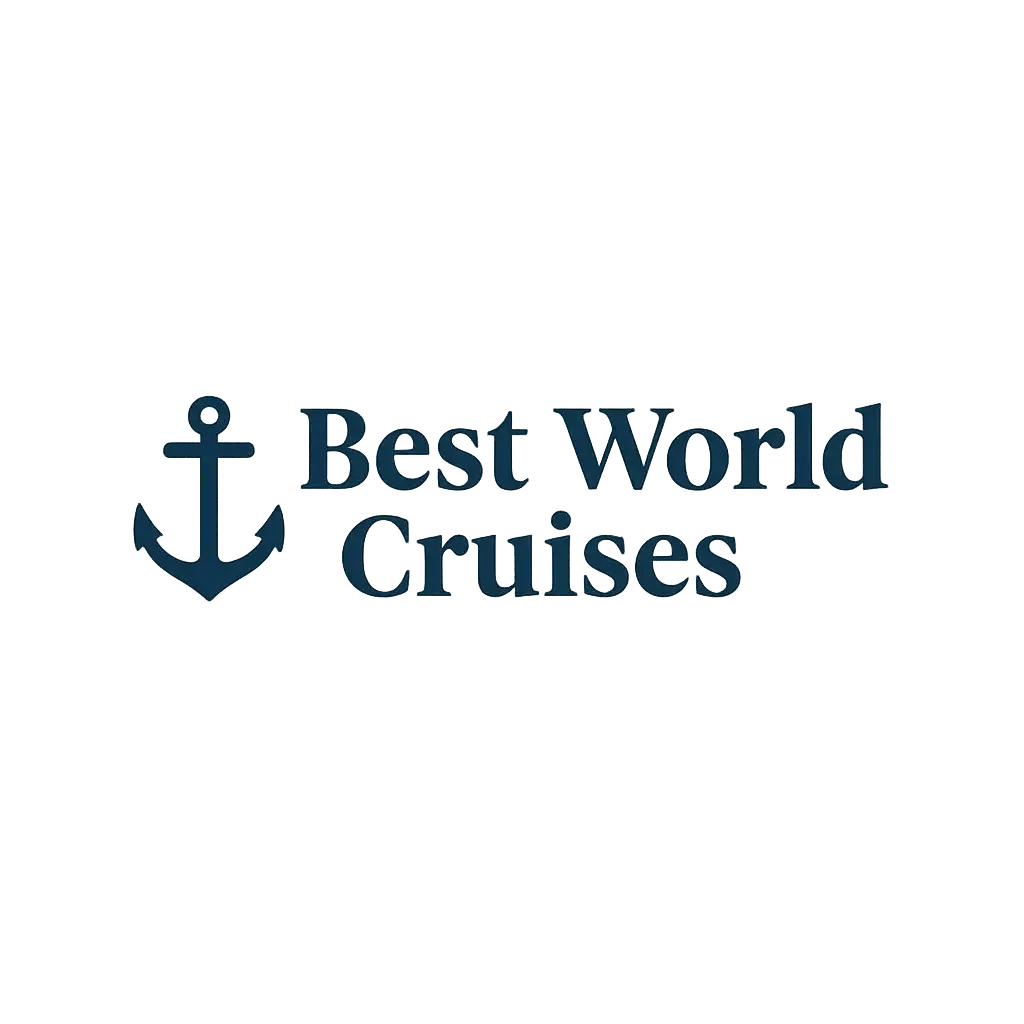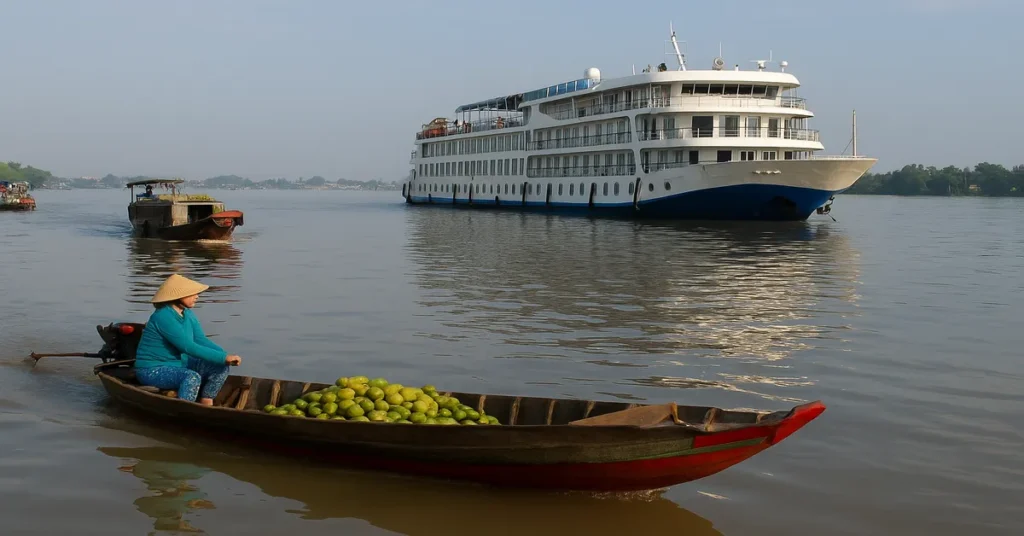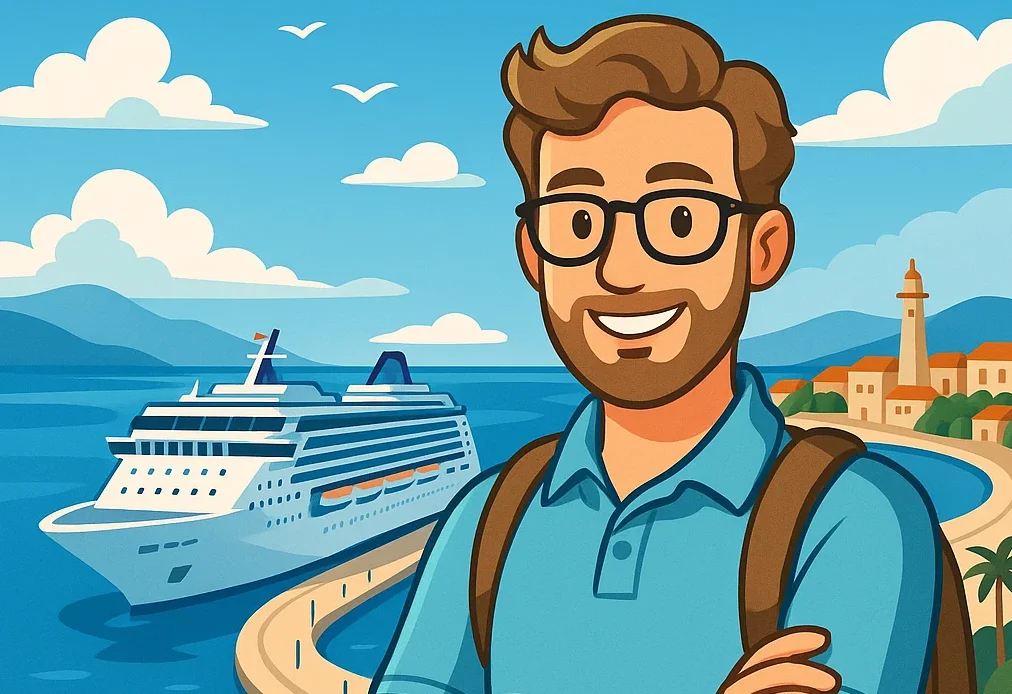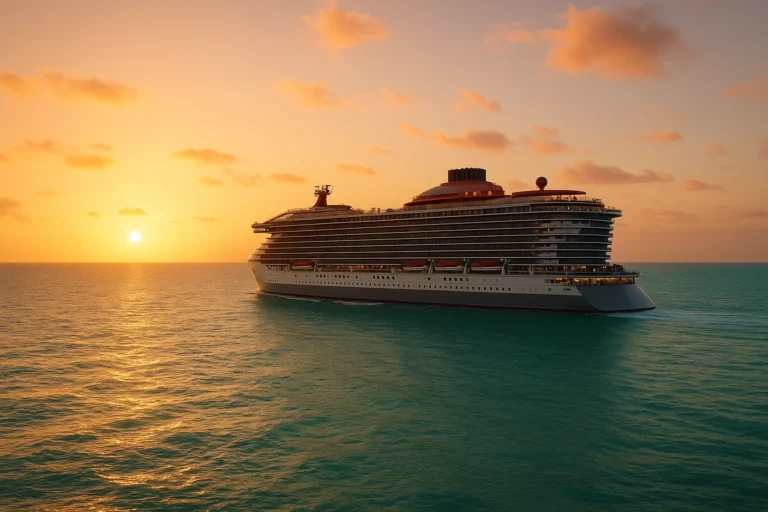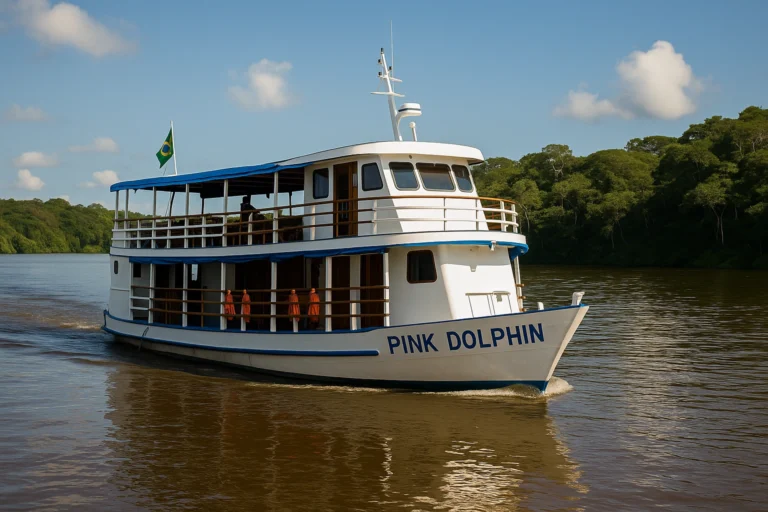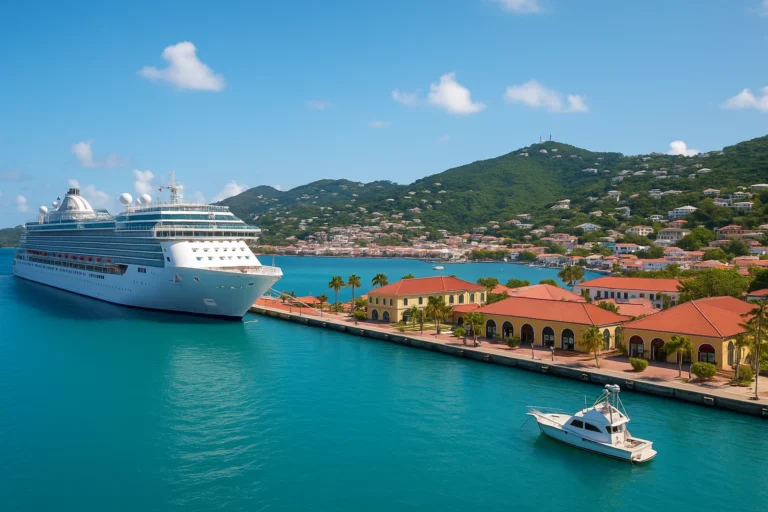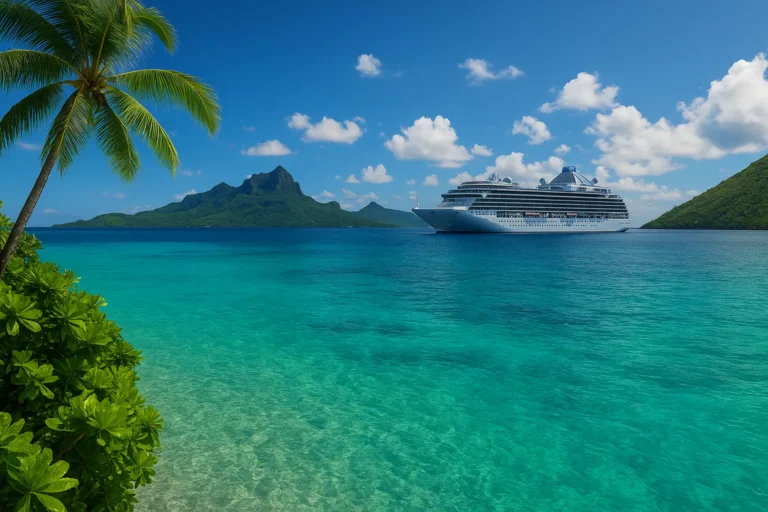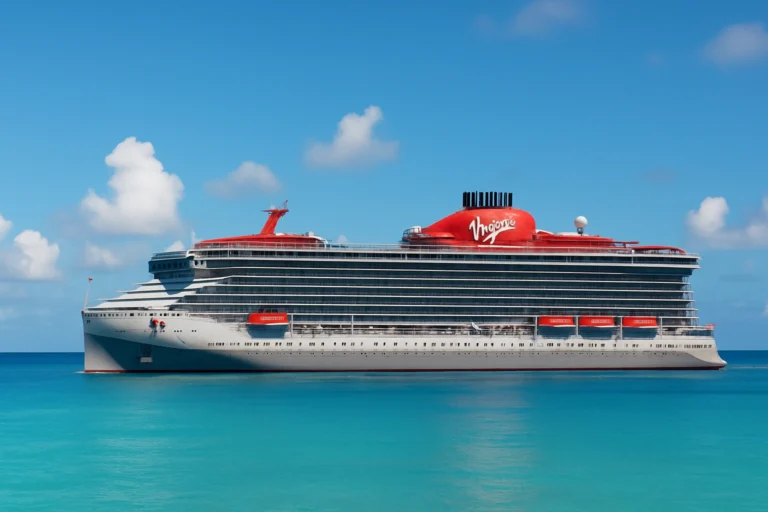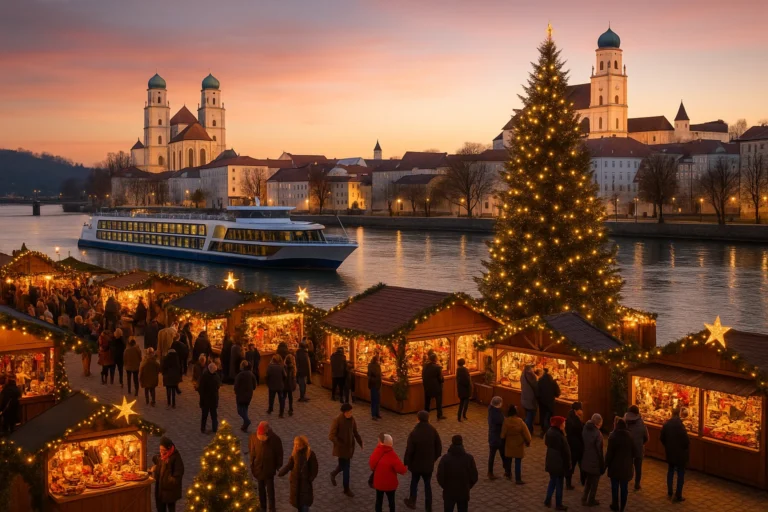Mekong vs. Yangtze: Asia’s Top River Cruises Compared
🌏 Mekong vs. Yangtze: Asia’s Top River Cruises Compared – Which is Your Perfect Journey?
Asia’s mighty rivers offer some of the most captivating and immersive travel experiences on the continent. Among them, the Mekong and the Yangtze stand out as the two most iconic choices for a river cruise, each promising an unforgettable journey through diverse landscapes, rich histories, and vibrant cultures. While both offer breathtaking scenery and deep cultural immersion, they cater to different types of travelers. This comprehensive guide will put **Mekong vs. Yangtze** head-to-head, comparing their unique offerings, from ancient temples and bustling floating markets to dramatic gorges and modern megacities, to help you decide which Asian river cruise is the ideal fit for your next adventure.
💡 Expert Tip: Research Cruise Length and Inclusions!
Mekong cruises often focus on 7-10 day itineraries, while Yangtze cruises are typically shorter (4-5 days) and combined with land tours of China. Understand what is included in your cruise fare (excursions, drinks, Wi-Fi) as this can significantly impact your overall experience and budget when comparing **Mekong vs. Yangtze** options.
🚢 The Contenders: An Overview of the Mekong and Yangtze Rivers
The Mekong River: The Lifeblood of Southeast Asia
Flowing approximately 4,909 kilometers (3,050 miles) from the Tibetan Plateau through China, Myanmar, Laos, Thailand, Cambodia, and Vietnam before emptying into the South China Sea, the Mekong is a symbol of Southeast Asian life. Cruises typically focus on the lower Mekong, particularly between Vietnam and Cambodia (Ho Chi Minh City to Siem Reap/Angkor Wat). It’s renowned for its lush landscapes, traditional floating villages, bustling markets, ancient temples, and a strong emphasis on authentic cultural interactions.
The Yangtze River: China’s Majestic Waterway
As the longest river in China and the third longest in the world (approximately 6,300 kilometers / 3,915 miles), the Yangtze offers a journey through the heart of China, showcasing a dramatic blend of ancient history and modern development. The most popular cruise segment is through the Three Gorges (between Chongqing and Yichang), famous for their towering cliffs, deep canyons, and the monumental Three Gorges Dam. A Yangtze cruise provides insights into China’s vastness, its engineering marvels, and its rich cultural heritage.
⚔️ Mekong vs. Yangtze: A Head-to-Head Comparison
1. Scenery and Landscapes
- **Mekong:** Characterized by lush, verdant landscapes, emerald rice paddies, traditional stilt houses, floating villages, and a more intimate, rural feel. The scenery is less dramatic but deeply picturesque, reflecting the agricultural and water-dependent life of the region.
- **Yangtze:** Known for its epic, grand scenery, especially the dramatic Three Gorges (Qutang, Wu, and Xiling) with their towering cliffs and misty mountains. The landscape is more rugged and monumental, offering a sense of awe-inspiring natural power and geological wonder.
2. Cultural Immersion & Cities
- **Mekong:** Offers a very high degree of cultural immersion. You’ll visit bustling floating markets (like Cai Rang), explore traditional villages, learn about local crafts (mat-weaving, silk production), and delve into the rich history of Vietnam (e.g., Ho Chi Minh City, Cu Chi Tunnels) and Cambodia (e.g., Phnom Penh, the poignant Killing Fields, and the magnificent Angkor Wat). The focus is on authentic, ground-level interaction.
- **Yangtze:** Provides a fascinating journey through Chinese history and development. Key attractions include the massive Three Gorges Dam, the Shibaozhai Pagoda, Fengdu Ghost City, and the White Emperor City. Cruises often include onboard lectures on Chinese culture, history, and language. While it visits major cities, the focus is more on grand historical sites and engineering feats rather than intimate village interactions.
3. Activities and Excursions
- **Mekong:** Excursions often involve sampan rides through small canals, visits to local workshops (coconut candy, rice paper), cycling through villages, enjoying traditional Apsara dance performances, and exploring ancient temple complexes like Angkor Wat (usually a pre/post-cruise extension). Food experiences are a big highlight.
- **Yangtze:** Excursions include visits to the Three Gorges Dam, Shibaozhai, Fengdu Ghost City, and smaller boat trips into tributaries like the Lesser Three Gorges or Shennong Stream. Onboard activities often include tai chi, calligraphy classes, and cultural performances.
4. Best Time to Cruise
- **Mekong:** The dry season (November to April) is generally considered the best time for comfortable weather, lower humidity, and optimal water levels for navigation. The wet season (May to October) brings lush greenery and higher water levels, which can make some areas more accessible, but also more rain.
- **Yangtze:** Spring (April-May) and Autumn (September-October) are ideal, offering pleasant temperatures, clear skies, and vibrant scenery. Summer (June-August) can be hot and humid, while winter (December-February) is colder with some fog.
5. Typical Cruise Experience & Ship Size
- **Mekong:** Often features smaller, more intimate river cruise ships (boutique style) that can navigate shallower canals and offer a more personalized service. The focus is on immersive experiences and authentic local engagement.
- **Yangtze:** Utilizes larger, multi-deck river cruise ships, often resembling smaller ocean liners, designed to handle the wider, deeper sections of the river. These ships offer more onboard facilities (e.g., spas, larger observation decks, sometimes even cinemas).
6. Target Audience
- **Mekong:** Appeals to travelers seeking deep cultural immersion, authentic local experiences, bustling river life, and a more “raw” or adventurous feel in Southeast Asia. Ideal for those interested in history (Vietnam War, Khmer Rouge) and ancient civilizations (Angkor).
- **Yangtze:** Attracts travelers interested in China’s grand landscapes, monumental engineering feats, ancient history (e.g., Three Kingdoms period), and a blend of traditional and modern China. Often part of a larger China tour.
🤔 Which Asian River Cruise to Choose: Mekong or Yangtze?
The choice between the Mekong and the Yangtze depends entirely on your travel preferences and what you hope to gain from your Asian river cruise:
- **Choose the Mekong if…** you prioritize authentic cultural immersion, want to explore the vibrant daily life of Southeast Asia, are interested in ancient temples and floating markets, and prefer a more intimate ship experience. It’s perfect for a deep dive into Vietnamese and Cambodian history and culture.
- **Choose the Yangtze if…** you are fascinated by grand natural landscapes (especially the Three Gorges), want to witness monumental engineering marvels like the Three Gorges Dam, are interested in China’s vast history and modern development, and prefer a more structured cruise often combined with land tours.
Ultimately, both rivers offer incredibly rewarding and distinct journeys. Many seasoned travelers hope to experience both to gain a full appreciation of Asia’s diverse riverine wonders.
❓ Frequently Asked Questions (FAQ) About Mekong vs. Yangtze Cruises
Is one river cruise more physically demanding than the other?
Generally, neither is overly physically demanding. Both involve walking tours at various ports. Mekong cruises might offer more opportunities for light activities like cycling in villages, while Yangtze excursions are typically more structured visits to sites. Overall, both cater to a comfortable pace.
Which river cruise is better for foodies?
The Mekong River cruise often offers a more direct and accessible culinary experience for foodies, with opportunities to sample fresh local produce, street food, and participate in cooking demonstrations directly from floating markets or local villages. Chinese cuisine on the Yangtze is excellent, but the focus on culinary interaction might be less emphasized on a standard cruise.
Do I need a visa for these cruises?
Yes, for both Mekong and Yangtze cruises, you will need a visa for Vietnam, Cambodia, and China (depending on your nationality and itinerary). It’s crucial to check visa requirements well in advance of your departure. Some cruise lines or tour operators can assist with visa applications.
🔚 Conclusion: Your Asian River Adventure Awaits!
The **Mekong vs. Yangtze** debate isn’t about finding a “winner,” but rather discovering which river’s unique charm resonates most with your travel desires. Whether you’re drawn to the intimate cultural tapestry of the Mekong or the majestic historical grandeur of the Yangtze, both promise profound and enriching experiences. Choose the river that calls to you, and prepare for an unforgettable adventure into the heart of Asia!
